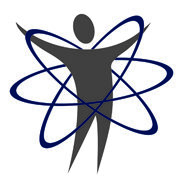Abstract
Age-related fragility fractures are an enormous public health problem. Both acquisition of bone mass during growth and bone loss associated with ageing affect fracture risk late in life. The development of high-resolution peripheral quantitative CT (HRpQCT) has enabled in vivo assessment of changes in the microarchitecture of trabecular and cortical bone throughout life. Studies using HRpQCT have demonstrated that the transient increase in distal forearm fractures during adolescent growth is associated with alterations in cortical bone, which include cortical thinning and increased porosity. Children with distal forearm fractures in the setting of mild, but not moderate, trauma also have increased deficits in cortical bone at the distal radius and in bone mass systemically. Moreover, these children transition into young adulthood with reduced peak bone mass. Elderly men, but not elderly women, with a history of childhood forearm fractures have an increased risk of osteoporotic fractures. With ageing, men lose trabecular bone primarily by thinning of trabeculae, whereas the number of trabeculae is reduced in women, which is much more destabilizing from a biomechanical perspective. However, age-related losses of cortical bone and increases in cortical porosity seem to have a much larger role than previously recognized, and increased cortical porosity might characterize patients at increased risk of fragility fractures.
https://www.ncbi.nlm.nih.gov/pubmed/26032105
Nat Rev Endocrinol. 2015 Sep;11(9):513-21. doi: 10.1038/nrendo.2015.89. Epub 2015 Jun 2.

